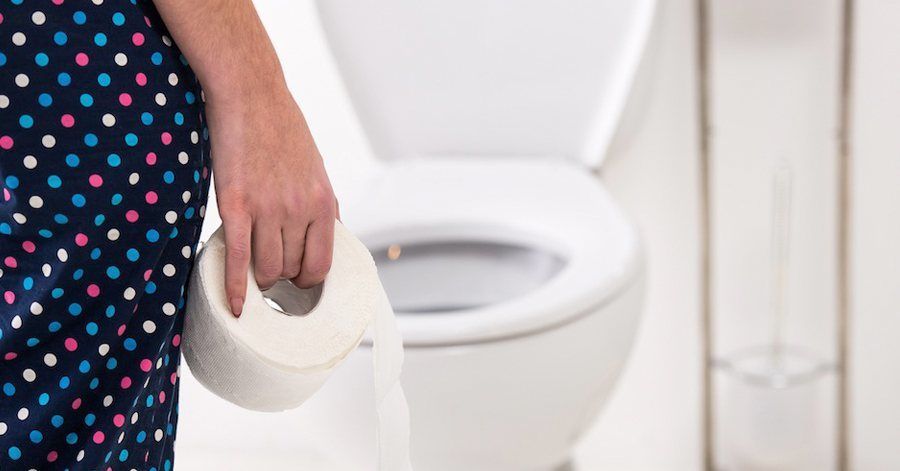A Patient’s Guide to Anal Fistulas: What You Need to Know

Your doctor has diagnosed you with an anal fistula. What does that mean, and what can be done about it?
Anal Fistula Facts
An anal fistula is a small channel that forms between your rectum and your buttocks.
There are a few different causes of fistulas, but they often arise in relation to an infected gland in the anal area.
Because the fistula connects the rectum to the skin of the buttocks, feces can come out of it. Fistulas can also leak pus or blood.
These channels can be irritating and uncomfortable. That may be what brought you to the doctor. The exam that led to your diagnosis may have included:
- A visual exam
- A rectal exam
- An ultrasound
- Magnetic Resonance Imaging (MRI)
- A digital exam
Anal Fistula Treatment Options
If you have a fistula, your doctor will almost certainly recommend surgical treatment. That's because these tunnels are unlikely to heal on their own, and there isn't a medicine you can take to make them go away.
There are multiple surgical approaches available for the treatment of fistulas. Often, the size and location of a fistula and the path that it takes throughout the rectal tissue will influence the choice of treatment.
Closure with Glues and Plugs
Sometimes, a doctor will close off the fistula opening by inserting a plug. Other times, the channel is sealed shut with a special glue. Although these approaches are less invasive than other treatment methods, they are all also less effective, and failure rates are high.
Surgical Removal
A doctor may remove the unnatural channel from your body by cutting it away. If your fistula does not pass through sphincter muscle, this can be a successful approach.
However, if yours does cross sphincter muscle, the removal surgery carries a 20-percent risk of causing long-term fecal incontinence. Your doctor will consider the size and path of your fistula to determine whether removal surgery is a reasonable treatment option for your condition.
Laser Treatment
A rather new procedure for fistulas is laser ablation. A specialty laser fiber is inserted into the fistula channel. Its corona of energy is applied in 3mm to 5mm increments along the entire length of the track so it can close up and heal.
It can be thought of like this: Imagine that you wanted to fuse your hands together. You could join them with surgical thread, but upon removing the stitches, your hands would easily come apart.
However, if you removed the top layers of your skin before stitching your hands together, the healing process that occurred while the sutures were in place would probably fuse your two hands together.
That's similar to how laser ablation works. It allows the sides of the fistula to close up and fuse to one another.
Laser treatment for anal fistula looks promising for several reasons:
- It typically involves less pain and requires less recovery time than traditional surgery.
- It presents a lower risk of incontinence.
- It is 70 percent effective for first treatments and 80 percent effective for second “enhancement” treatments.
You and your doctor must decide together which course of action to take for your fistula. Laser ablation is a new but promising procedure to consider.
